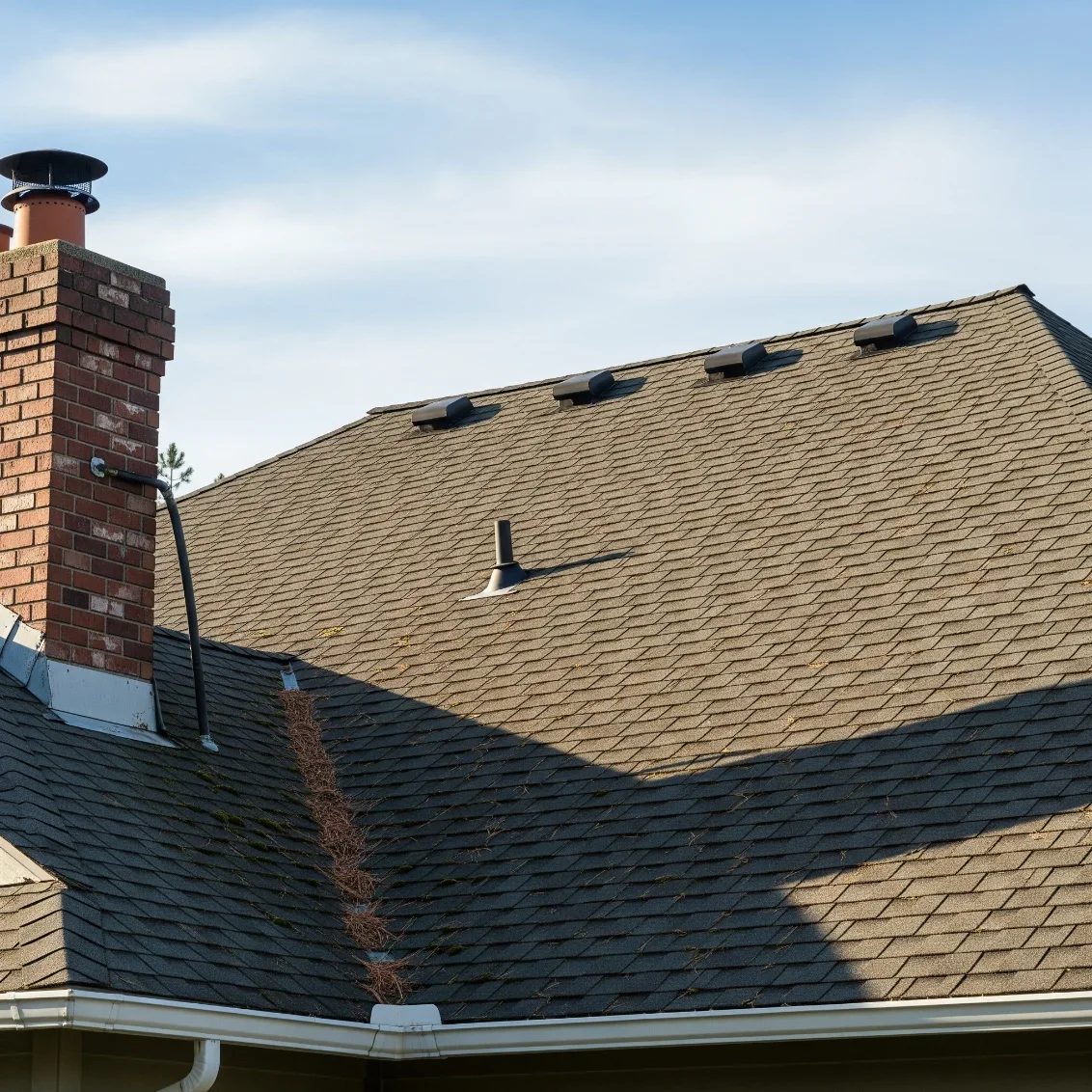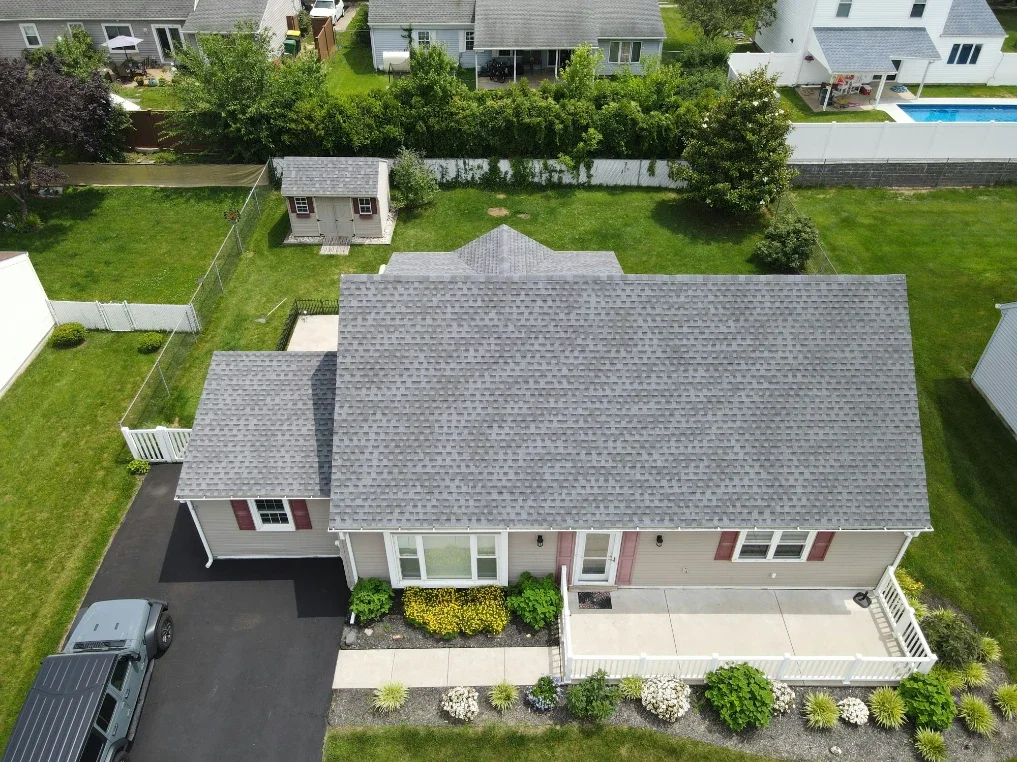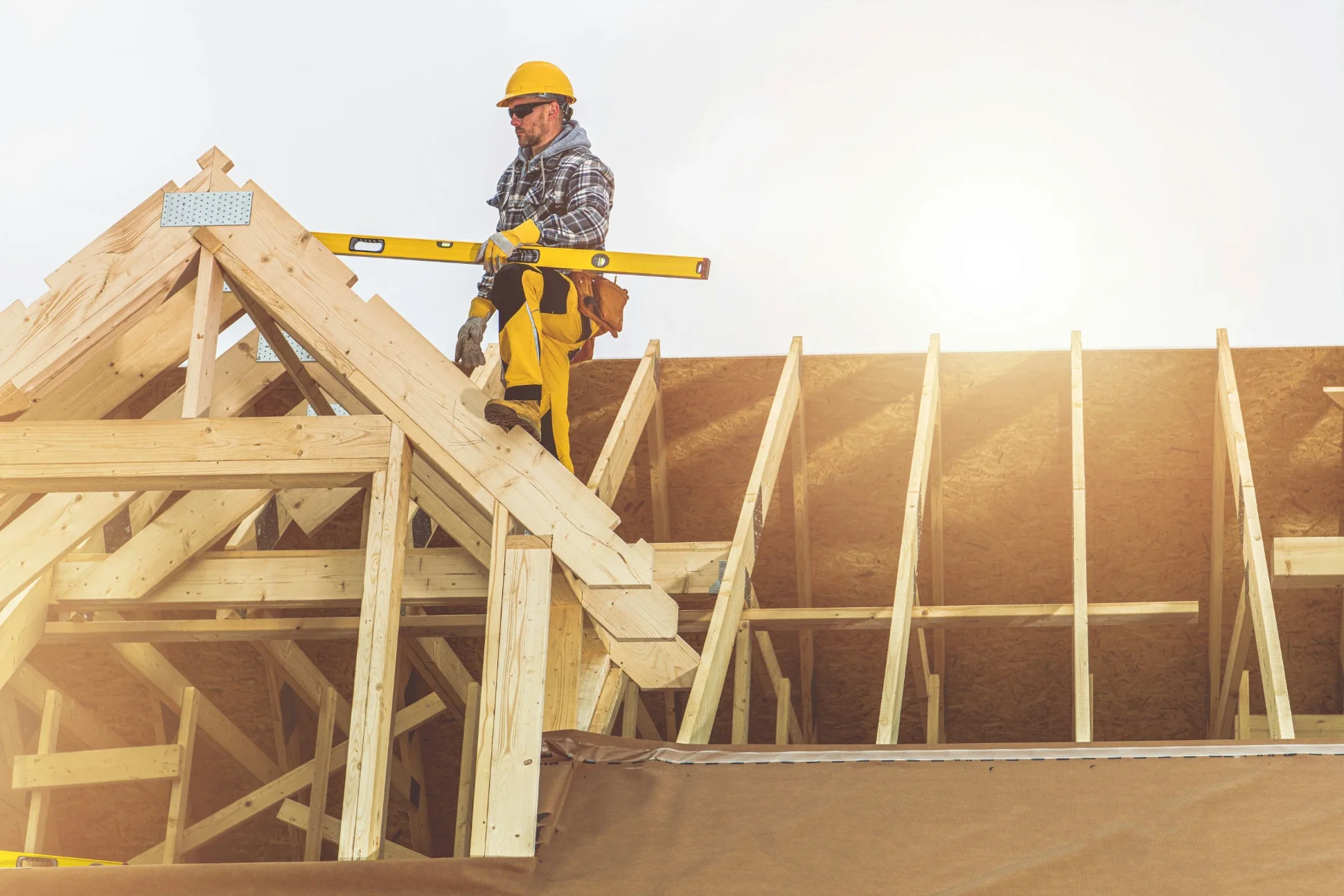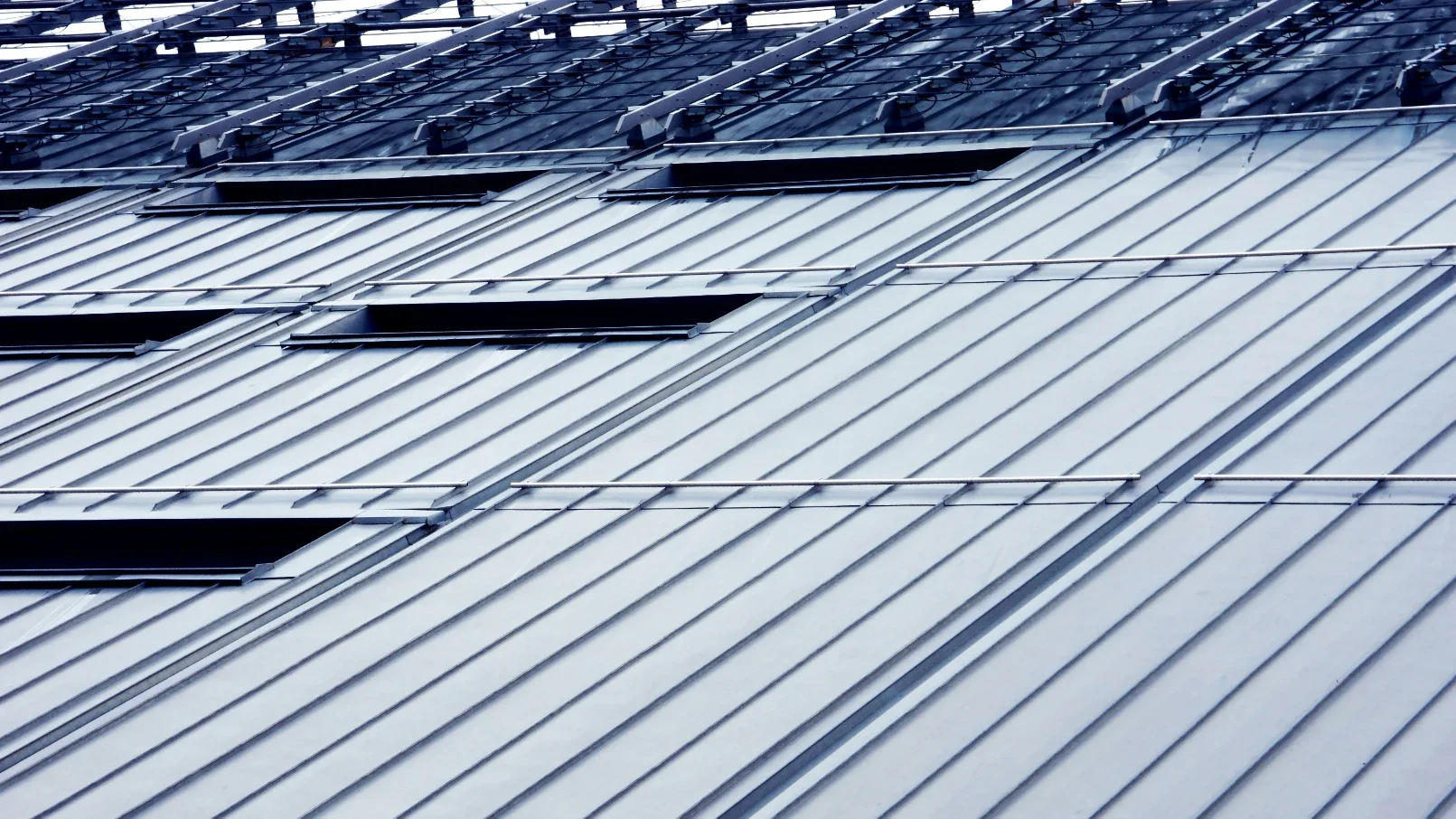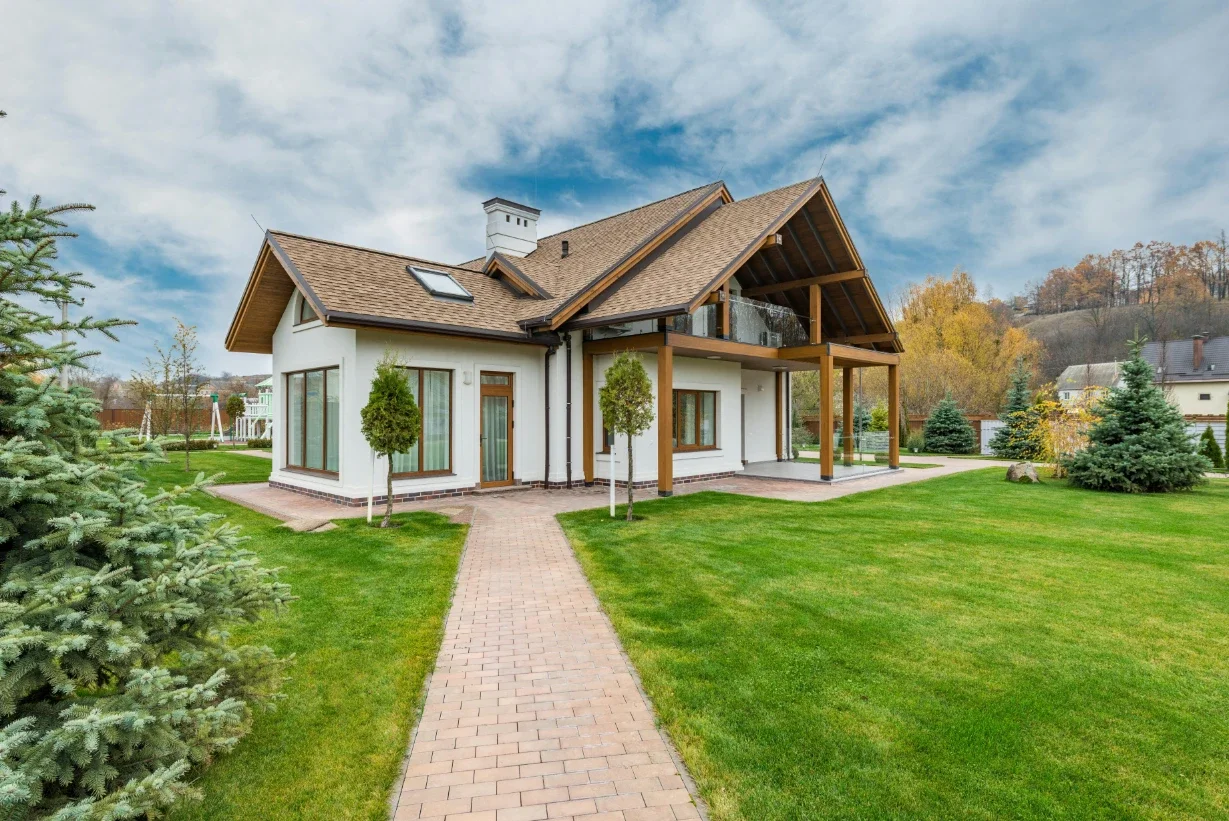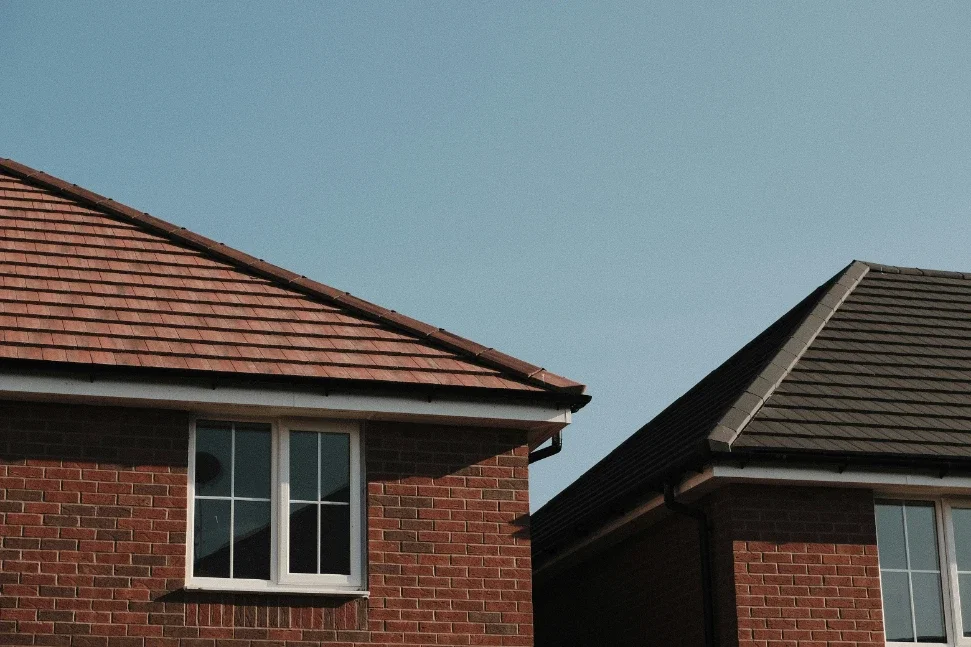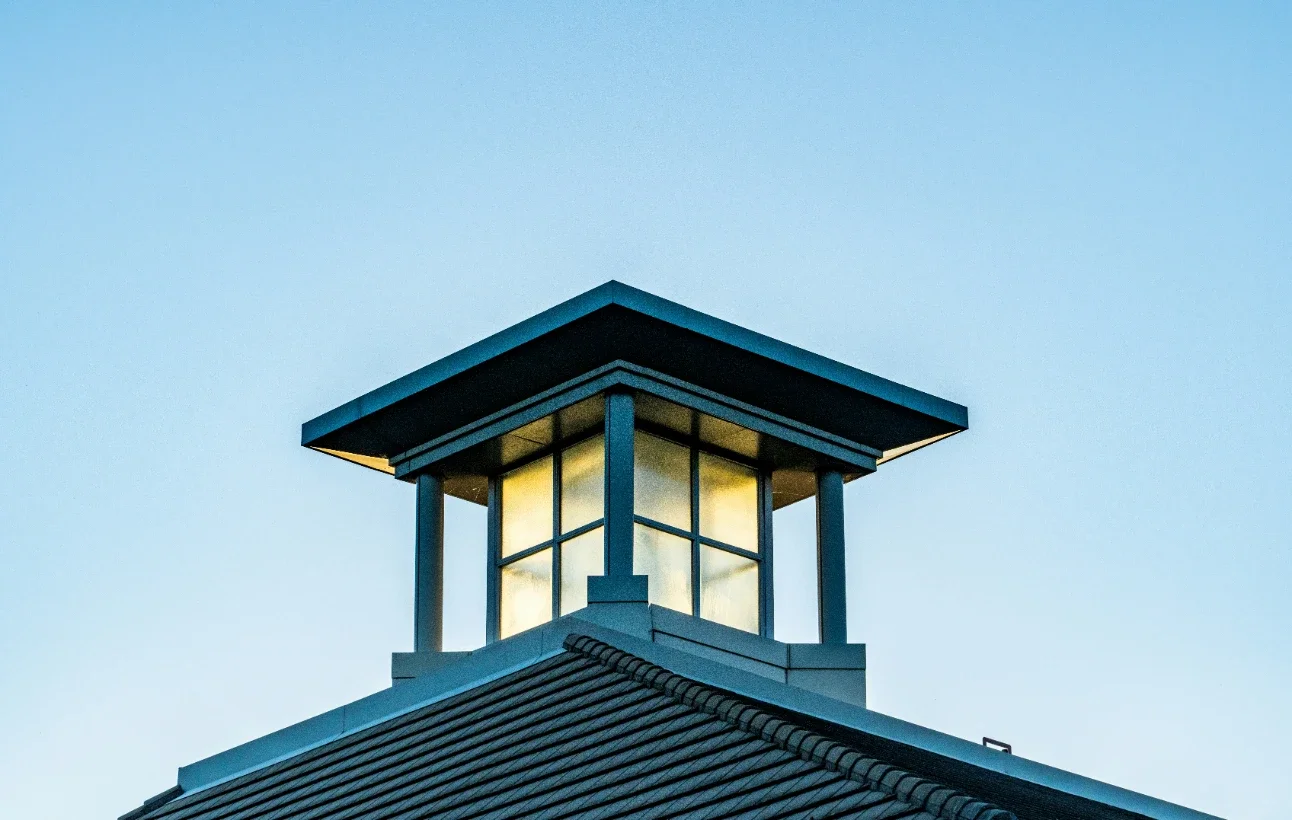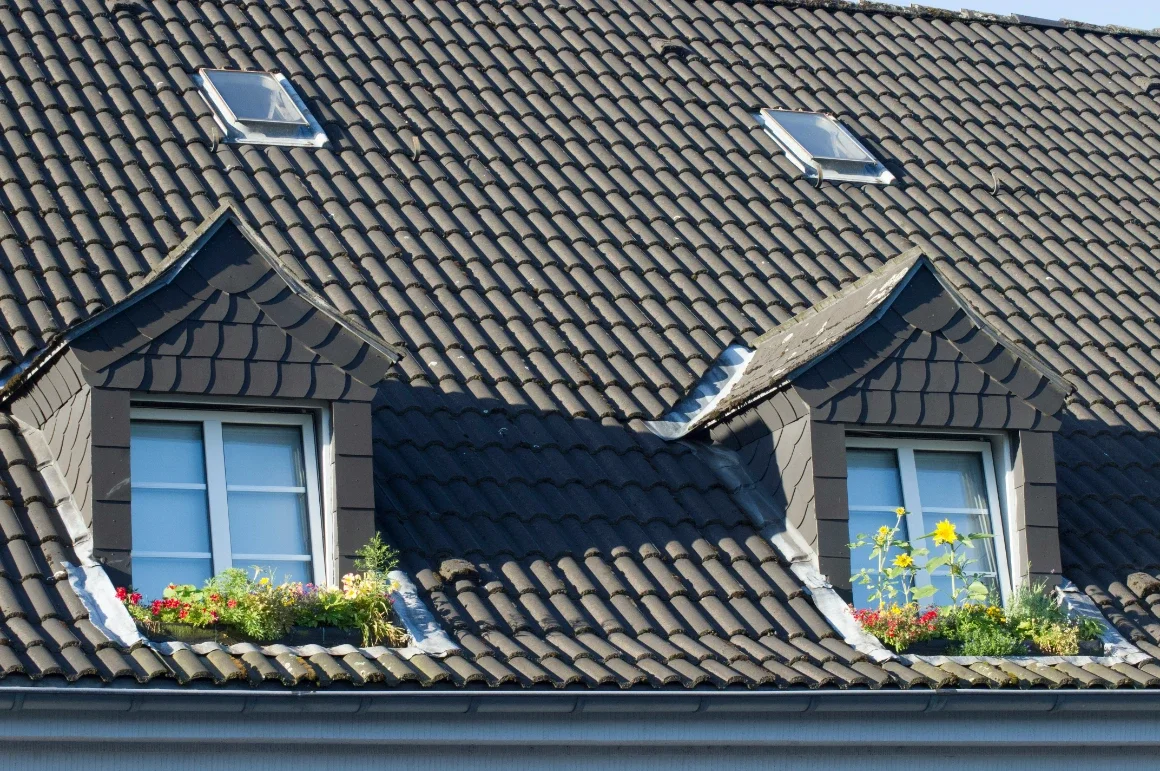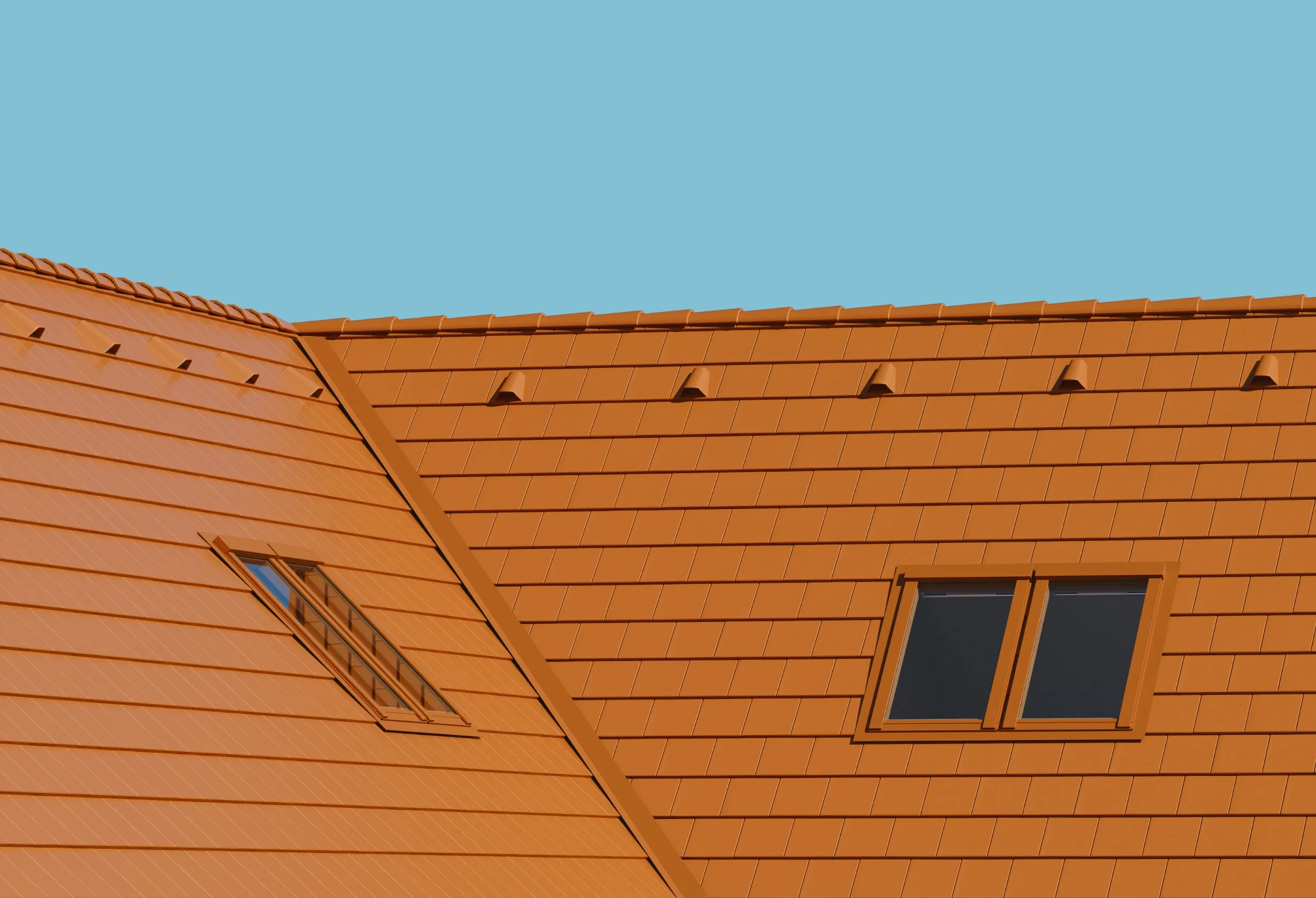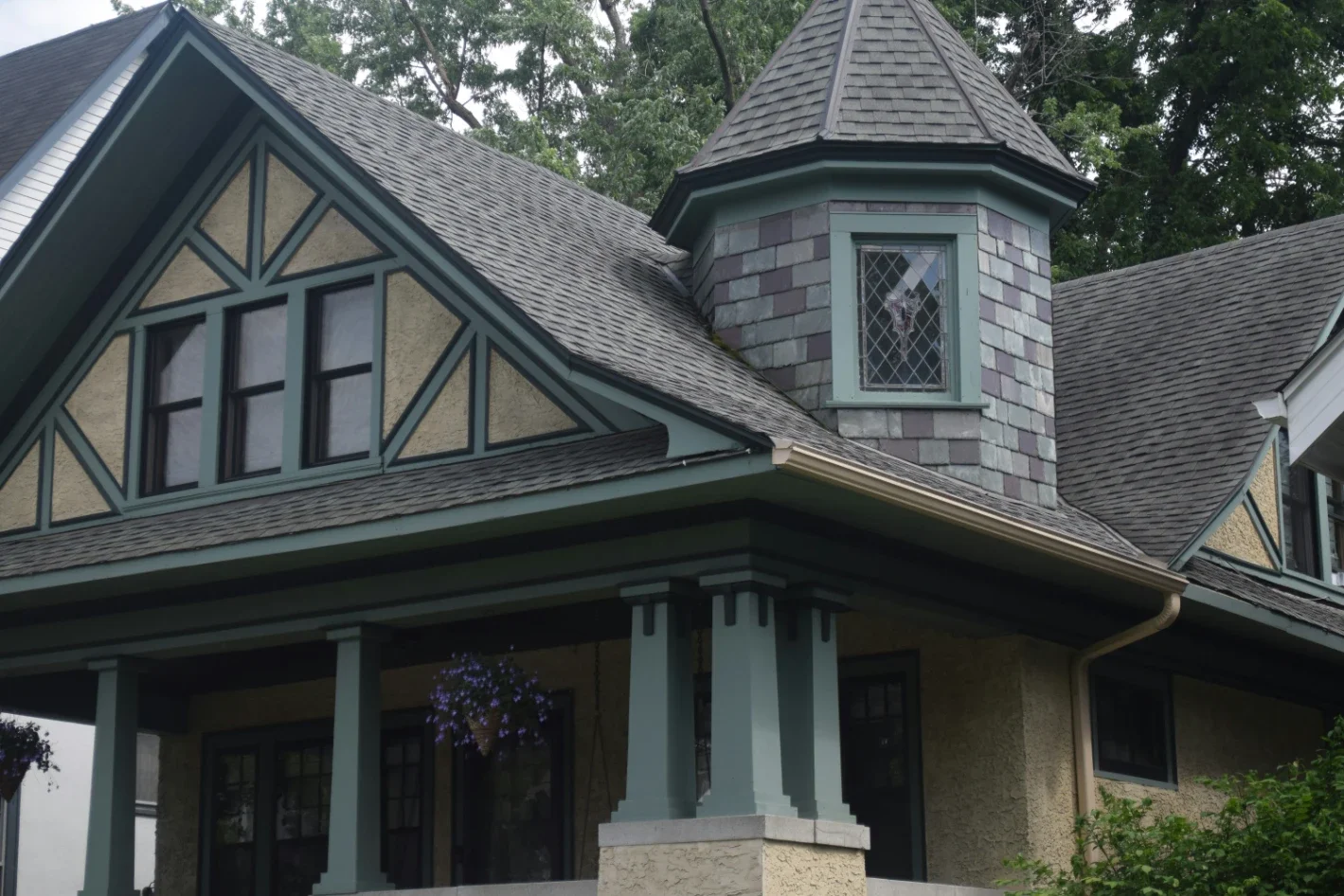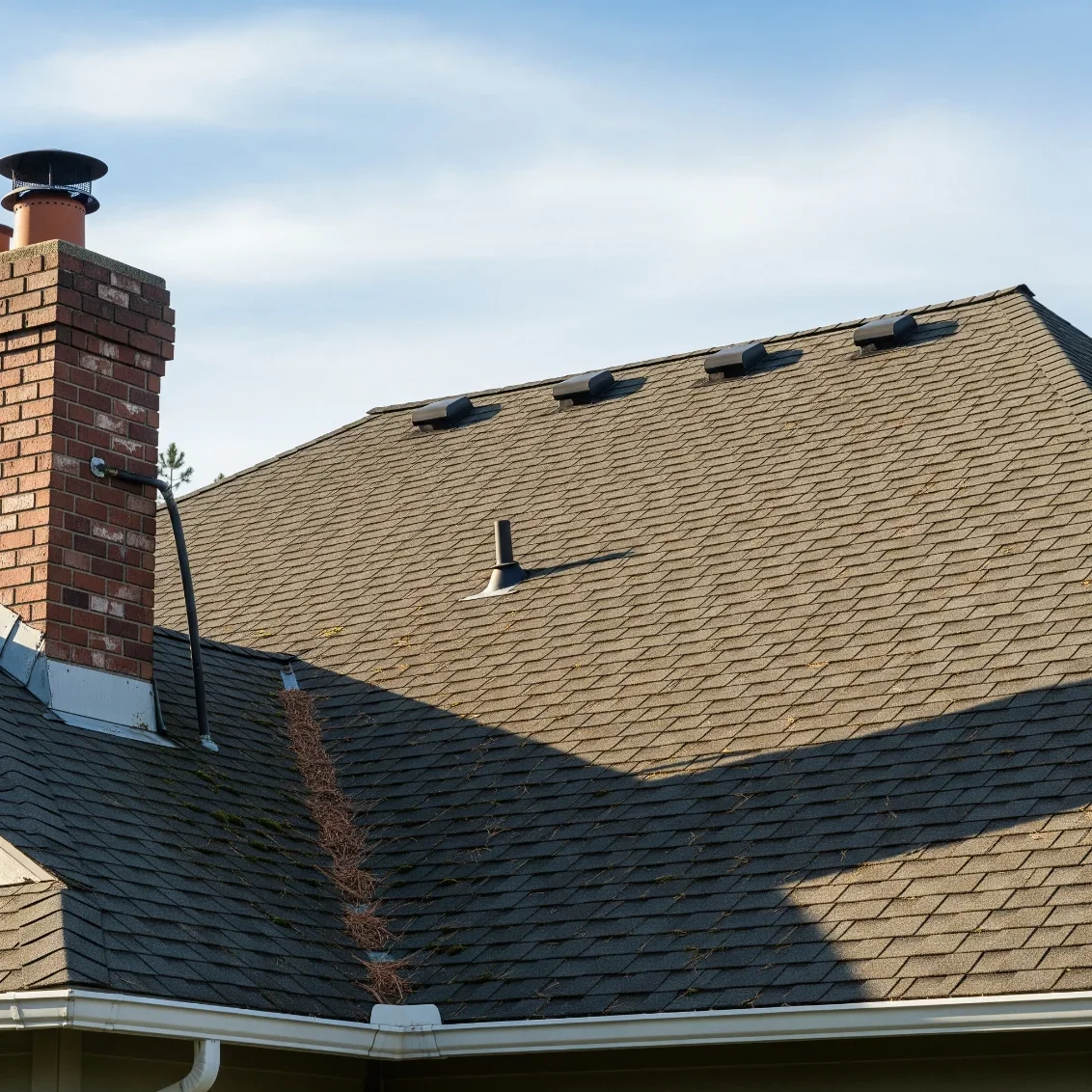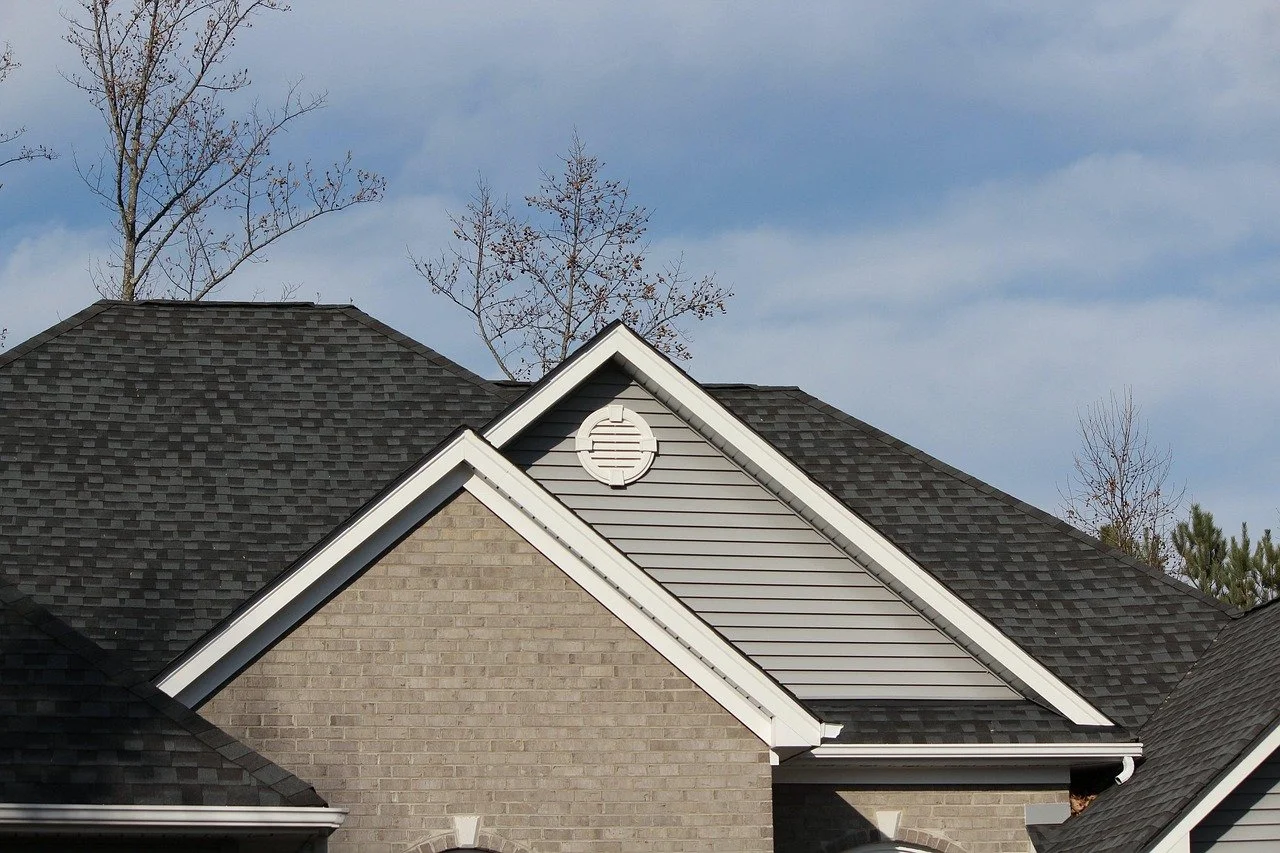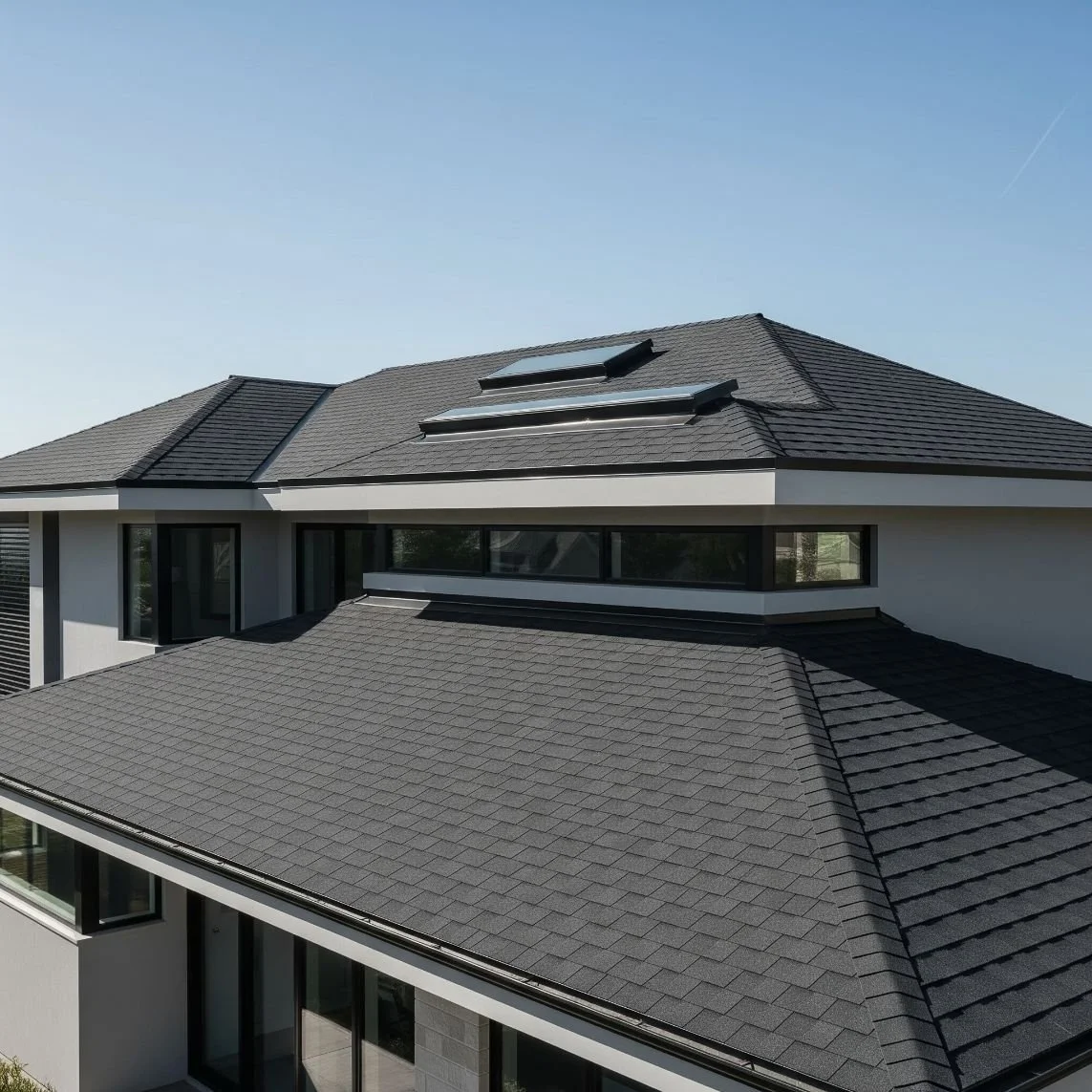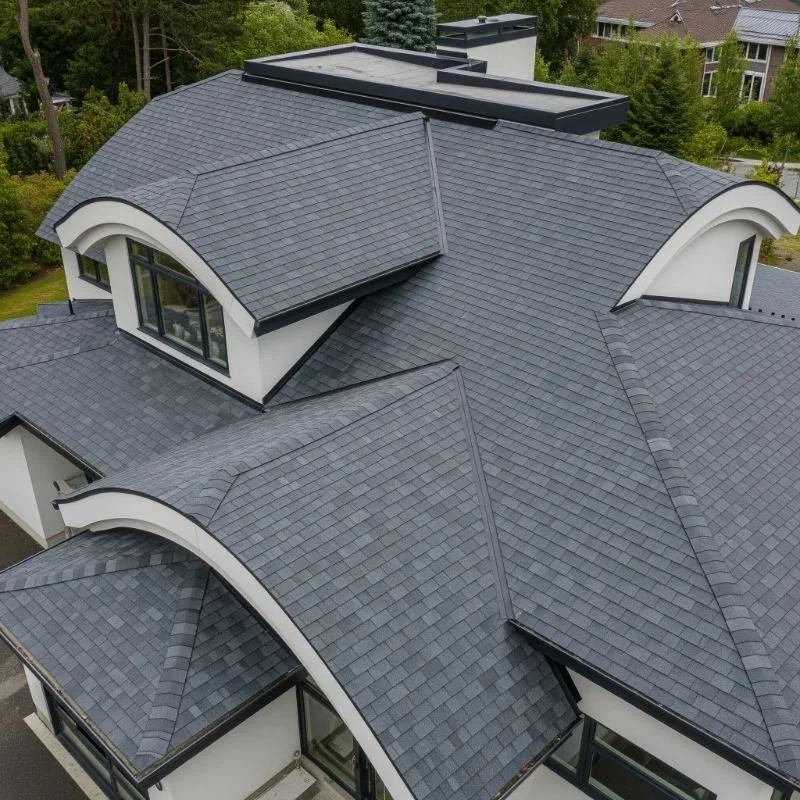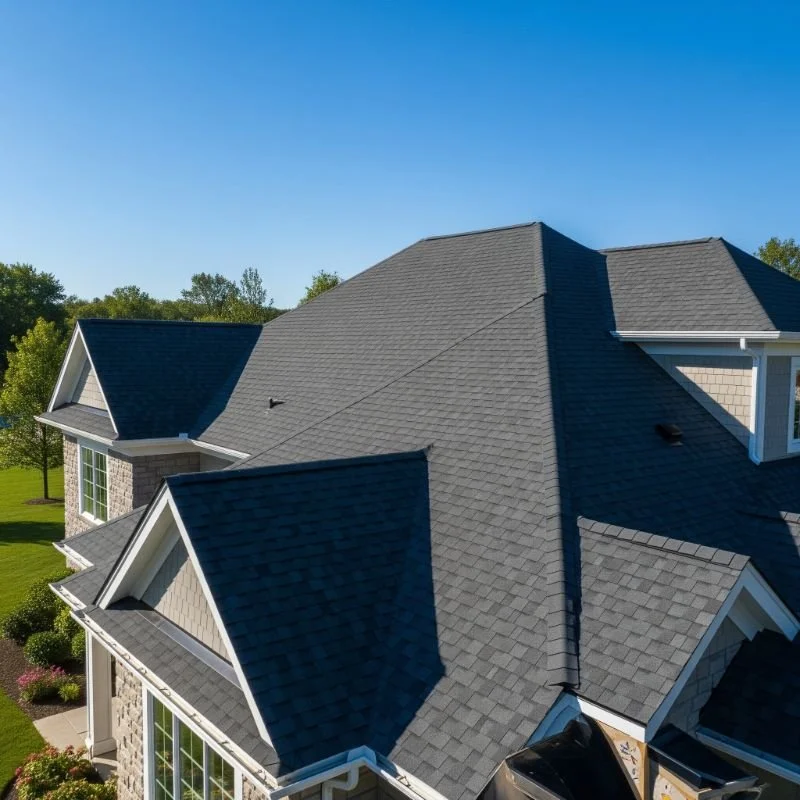How to Choose the Right Roofing for Your Home
Discover how to choose the right roofing for your home by considering material types, climate, durability, and hiring a professional roofing company for the best results.
Your home’s roof is more than just a protective covering. It plays a crucial role in your home's curb appeal, energy efficiency, and overall structural integrity. Choosing the right roofing for your home is a major decision that can affect everything from resale value to daily comfort. With so many materials and styles available, it can feel overwhelming. But by considering a few essential factors, you can confidently choose the roofing that meets your needs and stands the test of time.
1. Assess Your Climate and Location
Before you pick a roofing material, it is important to consider the climate where you live. Is your area prone to heavy rains, high winds, or extreme heat? In warmer regions, such as parts of the southern United States, roofing materials that reflect sunlight and resist heat absorption are often ideal. In colder climates, you may need a roof that can handle snow and prevent ice dams. For coastal areas, salt-resistant materials are a must.
Your geographic location also impacts roofing codes and insurance requirements. Consult local regulations and check with your insurance provider to ensure your roofing choice meets safety and compliance standards.
2. Explore Roofing Material Options
The next step is to explore available roofing materials. Each option offers different benefits in terms of cost, durability, and aesthetics.
Asphalt Shingles: One of the most common choices, asphalt shingles are affordable, easy to install, and come in a wide range of colors. They typically last 15 to 30 years.
Metal Roofing: Known for durability and energy efficiency, metal roofs can last 40 to 70 years and are excellent for shedding snow and rain.
Clay or Concrete Tiles: These offer a distinctive look and work well in hot climates. While they are heavier and more expensive, their longevity can exceed 50 years.
Slate Roofing: This is a premium choice with unmatched elegance and durability, often lasting 75 to 100 years. However, it requires strong structural support due to its weight.
Wood Shakes or Shingles: These offer a rustic charm and are best suited to dry climates. While beautiful, they require more maintenance and may be less fire-resistant unless treated.
Choose a material that aligns with your home’s style and your long-term maintenance goals. A professional roofing company can help you weigh the pros and cons of each option.
3. Consider the Longevity and Maintenance
Not all roofing materials are created equal in terms of lifespan and upkeep. While asphalt shingles may be less expensive upfront, they might require more frequent replacement than metal or slate roofs. Factor in the long-term costs associated with cleaning, repairs, and maintenance.
Choosing a roofing system with minimal upkeep can save you money and stress over time. Look for warranties and manufacturer guarantees, which are good indicators of quality and expected performance.
4. Evaluate Energy Efficiency
Your roof has a significant impact on your home's energy usage. Reflective materials, such as metal or specially coated shingles, can help reduce cooling costs in hot climates by reflecting sunlight. In colder climates, materials with good insulating properties can help retain indoor heat and reduce heating expenses.
Energy-efficient roofing options may also qualify you for local tax incentives or rebates, offering additional savings.
5. Factor in Curb Appeal
Your roof is a prominent feature of your home’s exterior. The right choice can enhance architectural style and increase property value. Whether you’re aiming for a classic look with shingles or a bold statement with standing seam metal, choose a material and color that complements your home's design and surroundings.
Some homeowners prefer neutral tones that blend in, while others choose bold hues to stand out. Look at roofing samples under natural lighting to see how colors will appear throughout the day.
6. Hire a Reputable Roofing Contractor
Even the best roofing material will not perform well if installed improperly. That is why hiring a professional roofing company is critical to ensure proper installation, safety, and warranty coverage. Look for contractors with experience, strong reviews, licensing, and insurance.
Ask for references and check portfolios of past projects. A reliable roofer should be able to walk you through your options, provide detailed estimates, and explain the installation process clearly.
7. Budget Carefully and Plan Ahead
Roofing is a significant investment. Create a realistic budget that includes material costs, labor, disposal of old roofing, and potential repairs. Get quotes from multiple contractors to compare pricing and services, but do not automatically choose the cheapest option. Value, not just cost, should guide your decision.
Final Thoughts
Choosing the right roofing for your home involves balancing function, aesthetics, durability, and cost. By understanding your options and partnering with a professional roofing company, you can make an informed decision that protects your home and enhances its beauty for years to come.
